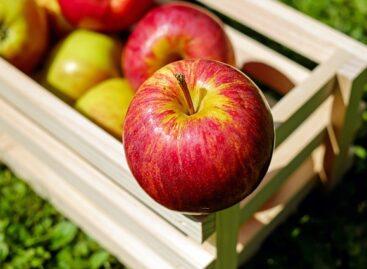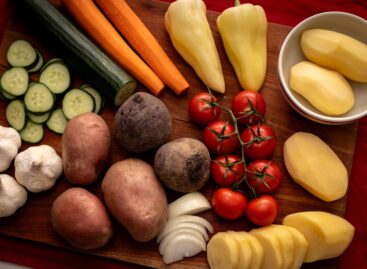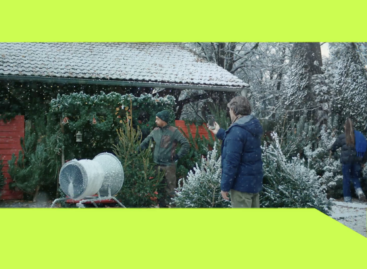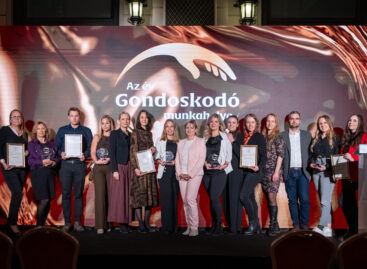Hungarian banana history: from rarity to staple food
Bananas have long been a popular fruit worldwide, but there are still many misconceptions surrounding them. For example, few people know that bananas do not ripen on trees, or even on a tree – in fact, the “banana tree” is not actually a tree. The bananas available on store shelves come from far away and in Hungary – under artificial conditions – become the yellow, soft fruit that we all know.
Not a tree, but a grass
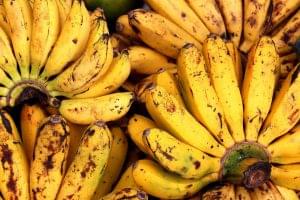 Although many people think of it as a woody plant, the banana is actually a large, soft-stemmed grass, belonging to the monocotyledons. The term “banana tree” is therefore botanically incorrect. The plant, which belongs to the Musaceae family, can grow up to 6-7 meters tall and is considered the largest soft-stemmed plant in the world – writes Agrárszektor.
Although many people think of it as a woody plant, the banana is actually a large, soft-stemmed grass, belonging to the monocotyledons. The term “banana tree” is therefore botanically incorrect. The plant, which belongs to the Musaceae family, can grow up to 6-7 meters tall and is considered the largest soft-stemmed plant in the world – writes Agrárszektor.
A little genetics: how did bananas become seedless?
Most cultivated bananas are seedless, which is why they are triploid, meaning they have three sets of chromosomes. This trait was achieved by crossing two wild species, Musa acuminata and Musa balbisiana. Seedless fruit is easier to eat and doesn’t require spitting – just as this has become a consumer expectation for seedless grapes or seedless melons. Cultivation is done vegetatively, with shoots, so that the identity of the variety can be ensured.
Eating bananas, baking bananas, banana flour
The best-known variety is the eating banana (Musa x paradisiaca), which is mostly eaten raw. In addition, we can increasingly find the cooking banana (plantain), which is delicious baked or cooked due to its higher starch content. In recent years, banana flour has also appeared, which can be a gluten-free alternative to traditional grain flours. What’s more, banana leaves don’t go to waste either: they are also used for food packaging, textiles or ropes.
Bananas were considered a real curiosity in Hungary even in the early 1980s. Later, they appeared in stores more and more often, mainly in winter, and now they are available all year round. The range has also expanded: they can now be found on store shelves not only as fresh fruit, but also as flour, chips or as a smoothie base.
Related news
Two-thirds of adults don’t eat enough vegetables and fruits
🎧 Hallgasd a cikket: Lejátszás Szünet Folytatás Leállítás Nyelv: Auto…
Read more >Apples are available at record prices – imports are replacing the missing domestic crop
🎧 Hallgasd a cikket: Lejátszás Szünet Folytatás Leállítás Nyelv: Auto…
Read more >Domestic products, budget-friendly prices and reliable quality at PENNY
🎧 Hallgasd a cikket: Lejátszás Szünet Folytatás Leállítás Nyelv: Auto…
Read more >Related news
Recent research: Hungarians believe these are essential parts of Christmas
🎧 Hallgasd a cikket: Lejátszás Szünet Folytatás Leállítás Nyelv: Auto…
Read more >More than 5 million forints donated as a result of the charity wine auction
🎧 Hallgasd a cikket: Lejátszás Szünet Folytatás Leállítás Nyelv: Auto…
Read more >Lidl, Novartis and HungaroControl are also among the best places to work
🎧 Hallgasd a cikket: Lejátszás Szünet Folytatás Leállítás Nyelv: Auto…
Read more >

